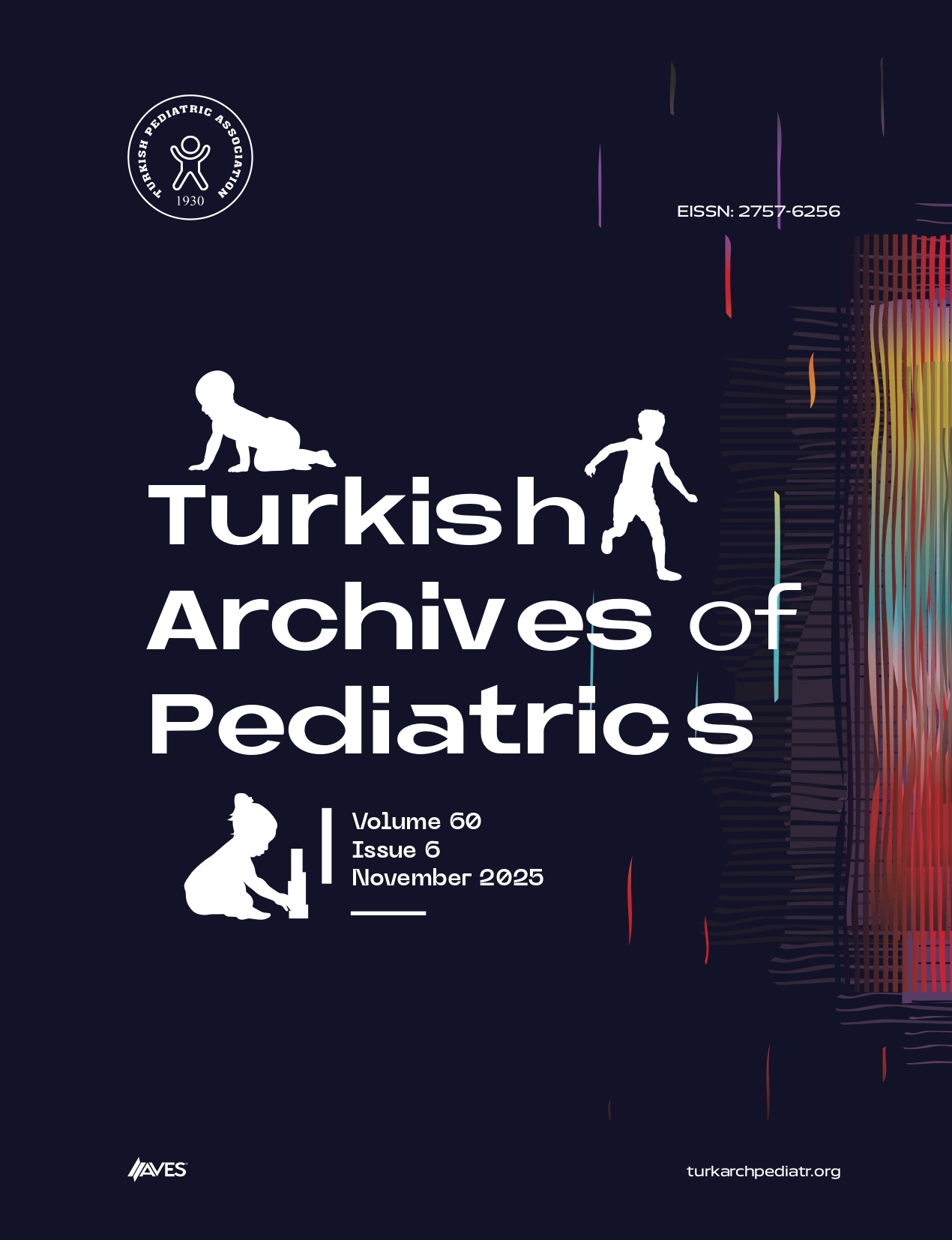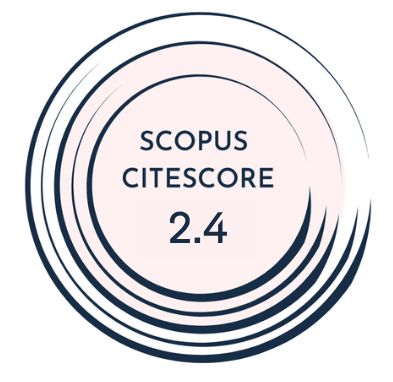Objective: Rickets is a metabolic bone disease characterized by inadequate mineralization of growing bone due to a deficiency of calcium, phosphorus, and vitamin D or defects in their metabolism. This study aimed to evaluate the clinical, laboratory, and molecular characteristics and long-term follow-up of the patients diagnosed with genetic rickets.
Materials and Methods: This study is designed as a retrospective case series with genetic rickets. The clinical, laboratory, and molecular characteristics of 16 patients, monitored at the Department of Pediatric Endocrinology in Dr. Behçet Uz Children’s Hospital between 2010 and 2024, were analyzed retrospectively. A questionnaire was used to evaluate all clinical, biochemical data related to the diagnosis, treatment, and long-term follow-up. The characteristics of the patients who reached their final height were analyzed.
Results: Sixteen patients were included in the study. Six patients had vitamin D–dependent rickets type 1, 2 had vitamin D–dependent rickets type 2, and 8 had hypophosphatemic rickets (HPR). The most common presentation was leg deformities, followed by delayed walking, growth retardation, and alopecia. The mean age at presentation was 3.5 ± 3.1 years. Physical examination findings included short stature, joint widening, genu varum, and genu valgum. The diagnosis of 14 of the cases was confirmed by demonstration of the variants. The mean followup period for the patients was 6.6 ± 4.75 years. The mean final height of the 4 patients, who reached their final height, was 142.07 ± 11.19 cm. Nephrocalcinosis was observed in 2 patients during follow-up.
Conclusion: This study provides valuable insights into the clinical and laboratory characteristics, as well as long-term follow-up outcomes of children with genetic rickets.
Cite this article as: Köprülü Ö, Özer G, Erbaş IM, Nalbantoğlu Ö, Gürsoy S, Özkan B. Clinical and laboratory characteristics of patients with genetic rickets: A single-center experience with long-term outcomes. Turk Arch Pediatr. 2025;60(5):483-490.



.png)

